There’s been a lot of talk about test knitting lately, hasn’t there? Lots of ideas, suggestions, criticisms, opinions.
I’ve been following along, listening, and turning things over in my head, trying to make sure that I’m doing everything I can to make my test knits the best they can be.
With that in mind, I want to share how my test knits are run, and why I do (or don’t) do certain things.
I also want to invite you to give me your honest opinion on both my test knit setup, and test knitting in general. I think we all know by now that I’m happy to do things a bit differently when “the way it’s done” isn’t working, and test knitting is no exception. So if there’s something that would make it accessible or better for you, tell me – and I might just be able to do it!
What’s the Point?
When I started thinking about how I wanted to run my test knits, I first thought about what the point of a test knit is – and this turned out to be a bigger question than I first thought.
The point of a test knit is to make sure that the vast majority of knitters can use your pattern to create something that looks like the sample. Simple, right? HAH. No. No, it isn’t. Because no two knitters work in quite the same way. Even the same knitter on different days might read instructions and interpret them differently. Maybe one knitter sits down for four hours and cranks out a hat, whereas another works on it for an hour, puts it aside, then comes back to it six years later. Maybe the knitter is neurodivergent and interprets things differently. Maybe English (or whatever language your pattern is in) isn’t their first language. Maybe they’re knitting through a difficult time, or a pregnancy, or anything else going on in their lives that might make their brains work a little differently. Maybe they’re a child! Maybe it’s their very first knitting project. Maybe they’ve been knitting for decades and literally wrote books on it.
I’ve got no way of knowing which of these knitters might choose to make my pattern. The point of test knitting is to cast a net, catch as varied a pool as possible, and let them loose on it to see what issues they turn up.
The point of test knitting is not to find mistakes in the pattern. That’s the tech editor’s job; by the time the testers get the pattern, there shouldn’t really be any mistakes. (Yes, everyone’s human and sometimes things slip through; this is a generalisation.)
The point of test knitting is not to round up a bunch of photos for social media. That’s the designer’s job, assuming the designer is doing their own marketing. (It is, however, a wonderful benefit if your testers are willing and able to help out. But it’s a side benefit, not the purpose!)
The point of test knitting is not to create your style guide (i.e. the document that defines your writing style and conventions). While things might come up that refine your style guide, you should already have one at the point you’re having something test knit.
The point of test knitting is not to create an exclusive club of your favourite people who’ll do anything you ask them and tell you how great you are because you’re just the best designer ever!!! Test knitting is about honest feedback, good and bad. If you’re just doing it for the sycophants, you’re not doing your work any favours.
Right. With all that in mind, let’s get stuck in.
Timescales
The first thing you might notice about my test knits is that they’re pretty long; both Roseability and Foundation were over 4 months long, with an extra 2+ weeks at the end before launch day. That 2 weeks is there for me to make any last changes to the pattern file and do all the behind the scenes stuff that needs to happen before launch day, but it’s also extra time for any testers who need it.
I originally did this to be inclusive of those knitting the largest sizes, but it proved helpful for lots of testers whose lives threw them some curveballs and delayed their plans.
In disability advocacy this is known as the curb cut effect, a term coined by Angela Glover Blackwell, a US attorney and civil rights advocate. When curb cuts (dropped kerbs in UK terms) were first implemented, it was done with wheelchair users in mind, but it turned out to be useful for plenty of other people, too: people pushing strollers (buggies); people pushing dollies; people wheeling suitcases; etc. In this case it’s a bit backwards, but the idea of aiming to help one group and helping others incidentally is there!
Fat Positivity
Another thing I do in the interests of fat knitters is to insist that my test knits are fat positive spaces. This means absolutely no talk of weight loss, diets, etc. in the chat, nor any implication that being fat is undesirable. Fat bodies are good bodies; they are not inherently unhealthy, and nobody owes anybody else health anyway. A good guideline is not to make any comment on someone else’s body unless they have explicitly and directly asked you to – even if it’s positive or complimentary.
If you want fat knitters (or crocheters, sewists, etc) to participate in your tests, having a fat positive conduct rule is a great way to make us feel safe and welcome.
Clear Expectations
I always start each test knit with a few paragraphs of housekeeping info. I lay out the key information about the test – where to get the pattern, where to check for updates / announcements, where to post questions, the due date, and rules of conduct. This makes it easy for people to check this info for themselves whenever they need to.
I also explicitly state that there are no penalties, fines, or consequences of any kind if you need to withdraw from the test, at any point. Life happens and throws us curveballs (sometimes in the form of a Vauxhall Astra directly into the rear of your car on the M25 – believe me, I get it!) and we have to do the best we can, and sometimes that means dropping something. It’s totally, entirely, wholly okay if my test knit is the thing you drop.
The only thing I ask is that you let me know. You don’t need to give me a reason, I’m not looking for you to explain yourself to me, I just need to know. Maybe you were one of two testers making a specific size and the other one has gone quiet but it’s early enough in the test for me to find a replacement. Maybe you were going to do a really interesting mod and I’d like to try it out myself.
You don’t need to worry about any of that – that’s my job. I won’t be cross, I won’t put you on the naughty tester list, I won’t demand you pay me. I’ll tell you that it’s totally fine, that I hope you’re okay, that you should keep the pattern, and if you ever do get around to making it, I’d love to see it. And that’ll be that.
Clear Rules about Photos
I did say that the point of a test knit isn’t to gather photos for socials, but I’m also first to admit that it’s a huge benefit to be able to show how the garment fits on different bodies at different sizes, and in different yarns and colours. For an indie designer, knitting multiple samples and hiring multiple models just isn’t feasible, so it is a HUGE help if some of the test knitters are willing and able to take some photos and let me share them.
That said, the primary purpose of test knit photos is so I can see how well it fits. Photos like that aren’t the same as the pretty Instagram shots; they can be shown part-way through, quickly popped on over house clothes, with life (mess, pets, laundry, children) spilling all over the frame. And that’s ABSOLUTELY FINE – this is definitely not me shaming anyone – but it can be a bit vulnerable to share photos like that, especially if you’re not quite sure what the designer’s going to do with them.
To keep things inclusive, safe, and clear, I have a rule that photos shared on the test platform aren’t used on social media. They’re just between us; I won’t even save them, I’ll just look at them for the duration of the test knit. When the tester fills in the feedback form, that’s when I ask for any photos they’re happy for me to use on social media. And there’s no obligation to provide any photos at all, either during or after, if they don’t want to.
Preview Knitting
Sometimes when a pattern comes back from my tech editor, I know that I don’t need it to be test knit. Perhaps it’s an accessory that uses techniques and elements that I’ve used before, and I know that the way I explained things before was good, so I can use the same wording here (something I do anyway for consistency between patterns).
In these cases, instead of doing a full-on test knit with deadlines and a feedback form, I simply give out a few copies of the pattern to knitters who agree to work on it and post on social media about it in the run-up to launch day.
This means there’s a bit more talk about the pattern at the right time, with very little obligation from the preview knitters. It’s less work for me, but also, it’s less of a commitment, making it more accessible than traditional test knitting – especially if you’re a person who likes to photograph and share their WIPs anyway.
Compensation
Let’s get the contentious one out of the way, shall we: no, I don’t pay my test knitters.
There’s a couple of reasons for this. The first is that I simply can’t afford to. The second is that paying test knitters changes the dynamic of the test knit in a way that makes it less meaningful.
Let me explain.
As I said earlier, the critical point of a test knit is this: if a knitter tries to follow these instructions, can they get the intended result?
The hardest part about test knitting is finding a pool of test knitters who are a diverse representation of the types of knitters out there. Ideally every test knit would include knitters with specific attributes and qualities. For example for Roseability, a lace garment, I might want to find the following:
- a very experienced lace & garment knitter
- a very experienced garment knitter who has never knit lace
- a very experienced lace knitter who has never knit a garment
- a confident knitter who has knit some lace & garments
- a confident garment knitter who has never knit lace
- a confident lace knitter who has never knit a garment
- a new knitter who has knit one or two garments but no lace
- a new knitter who has knit some lace but never a garment
- a new knitter who has never knit lace or a garment
- knitters who are neurodivergent in multiple different ways
- knitters who have low vision, use screen readers, or are colour blind
- knitters who work on screen
- knitters who print the pattern
- knitters who have physical disabilities
- knitters who have worked from my patterns before
- knitters who have never worked from my patterns before
- knitters for whom English is not their first language
- knitters who work from written instructions
- knitters who work from charts
And that’s before I consider the 144 size combinations and 2 sleeve options, or different yarn types and colours… you get the idea! Covering every eventuality isn’t possible, but the goal is to include as many of these types of knitters as possible to get a broad range of responses.
So what do you think happens if all test knitters, for all test knits, are routinely paid?
I can tell you exactly what happens: you get a much smaller pool of test knitters, because many of the knitters who meet the criteria above need the ability to withdraw with no consequences in order to feel confident signing up in the first place.
Yes, there have to be consequences for non-completion of contracted work. You wouldn’t pay a restaurant for a meal you didn’t eat, right? This is the same thing: if test knitters are paid, they are obligated to complete their test knit. And if they don’t, that’s an extra difficulty for the designer to navigate.
Another way of phrasing it is this: test knitting is supposed to test how real-life knitters of all experiences and skillsets respond to the pattern’s instructions. If test knitters across the industry are paid as standard, they’re no longer “real-life knitters” – they’re a specific type of professional knitter, and no longer representative of knitters as group.
So no, I don’t pay my test knitters. However this doesn’t mean that I don’t value their work – far from it! – so I try to find other ways to make the experience valuable and worthwhile without it becoming contractual.
Community
One of the things I love most about knitting is the community. I’ve made some of my best friends thanks to knitting and it’s taken me to new and exciting places and opportunities, all because of the people who work to make beautiful yarns, patterns, and spaces for us to enjoy our hobby in.
So I believe test knitting should be a reflection of that. If we’re all going to be working on the same thing for 4+ months, let’s do it together!
This is why I test on Discord. It’s a free platform that lets me organise tests the way I want to, and also lets us chat, ask each other questions, share info, and share pics as we go along. It makes the experience more transparent and collaborative, like its own little pop-up community.
It’s also totally fine if the group thing isn’t for you, though. I do need testers to join so everyone can see updates and corrections, but if you want to lurk and only talk to me privately if you need to, that’s absolutely fine!
Transparency
Transparency is really important during a test knit, as it lets every test knitter see if they’re the only one having a problem, or whether everyone else has the same issue too. Having everyone in the same Discord space achieves that. It also means everyone can see every question and response – I have a specific channel set up for that – so anyone else with the same question gets an immediate answer, and everyone can see if their question has already been asked. It’s also much easier to share any pattern updates this way.
I also invite my tech editor into the test area so they can see questions in context (in case we need to discuss something that comes up) and, if I’m having a sample knit alongside the test, the sample knitter is welcome to join too.
Pattern Mods
I talk a lot about shape inclusivity, and it’s something I try to include in my patterns – particularly garment patterns – as standard. You’ll always find instructions to adjust the body and sleeve length, and often there’s something else in there, too.
However, it’s not practical for me to try and include every mod anyone might possibly want in the pattern. For one it’d make every pattern file very large, which makes it more work for me, more work for my editor (and therefore more expensive for me), and more confusing / overwhelming for knitters. (I’m also not arrogant enough to think that I could possibly come up with every mod anyone might ever want to make!)
So instead, there’s a bit of a perk when test knitting for me: there are no rules about sticking exactly to the pattern. In fact, I actively look for a small portion of the testers to be making mods, to inspire others to see how the pattern can be adapted to work for them! If you want to make a mod so it works for you, I want you to do that – even if it’s not one that’s in the pattern.
Expert Support
Discord is also a great way for me to be available to all the test knitters for the duration of the test. See, I said above that I want every knitter to mod the pattern however they need to so it works for them, but actually, it’s a bit more than that. Not only do I want you to mod it if you need to, if you’re test knitting for me, I’ll help you do it. I’ll check your maths, I’ll adjust for your gauge, I’ll give advice and make suggestions until you’re happy. If the techniques are new to you I’ll help you understand them, post extra photos to explain things, find links to tutorials (or arrange to make my own!) – whatever you need to successfully complete the test.
Basically, for the duration of the test, you get direct access to me and my full support to help you make the pattern however you’d like to, even if that includes mods.
Yarn Support
For garment test knits, I do my best to arrange some kind of yarn support. It might be one or two fully supported spots in the test knit, or it might be one or more discounts available from dyers; it might even be something from my own stash! It really depends on the design, whether it’s a collaboration or not, and what sort of yarn the pattern needs.
The “Free” Bonus Pattern
Sometimes the standard way of doing things isn’t totally broken! The tradition of giving test knitters an additional pattern “as a thank you” is a good one, although it never quite seems like enough, and so I continue it.
Built into the feedback form is an option to tell me which pattern you’d like; after I’ve read through your feedback, the pattern will magically appear in your inbox, just as if you’d bought it, to make sure you get any future updates.
What else?
I’m sure there’s more I could be doing to make test knitting more accessible, enjoyable, and fair. So tell me – what have I missed? What’s your obstacle, and how can I remove it?
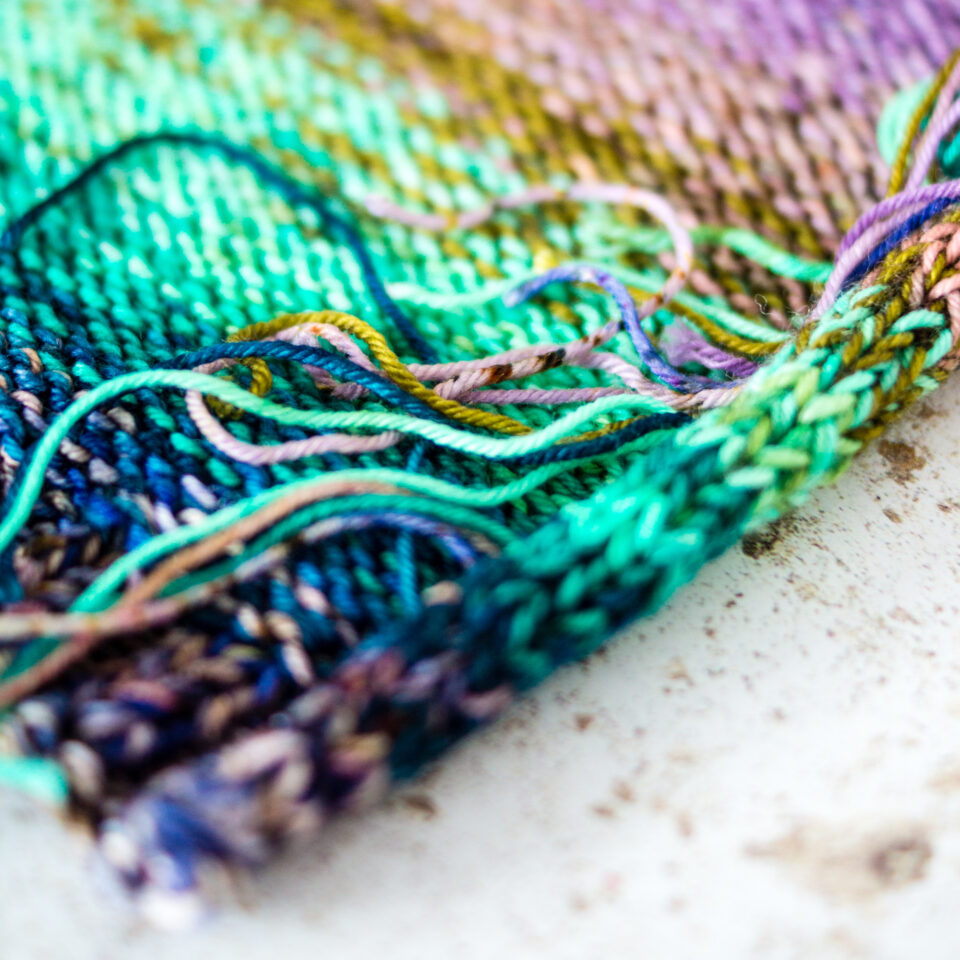

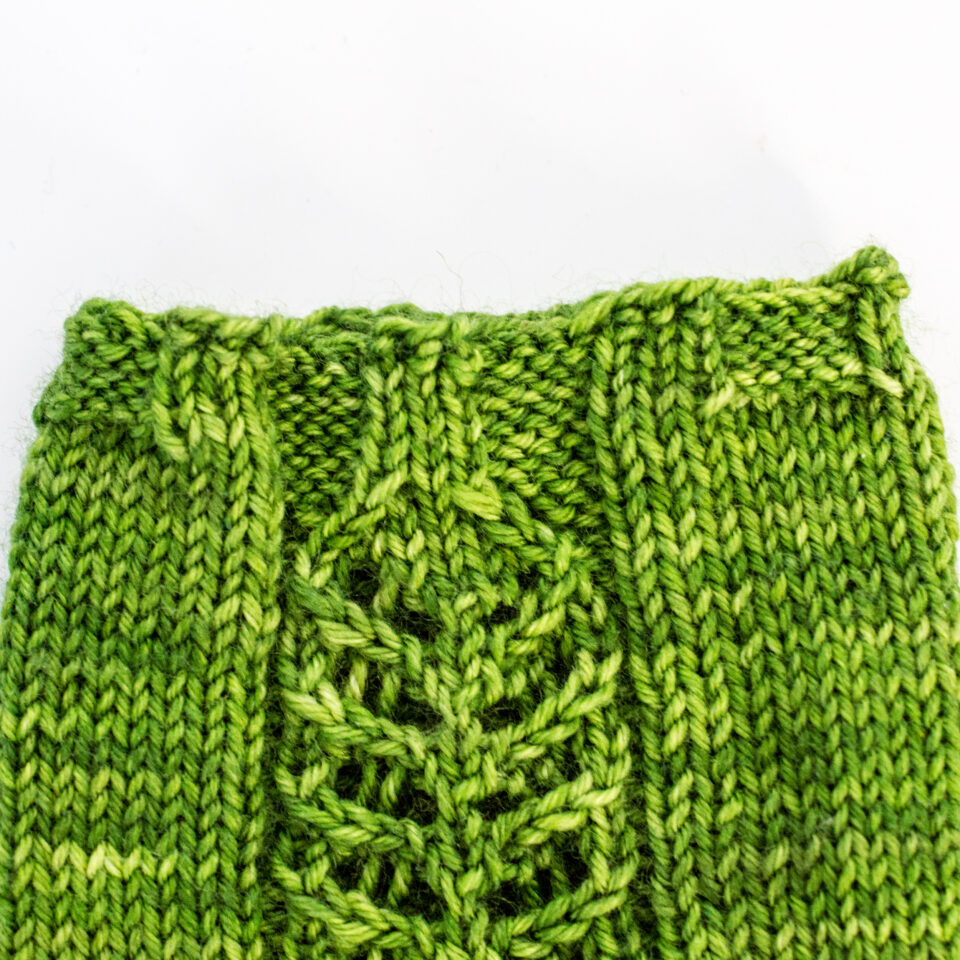



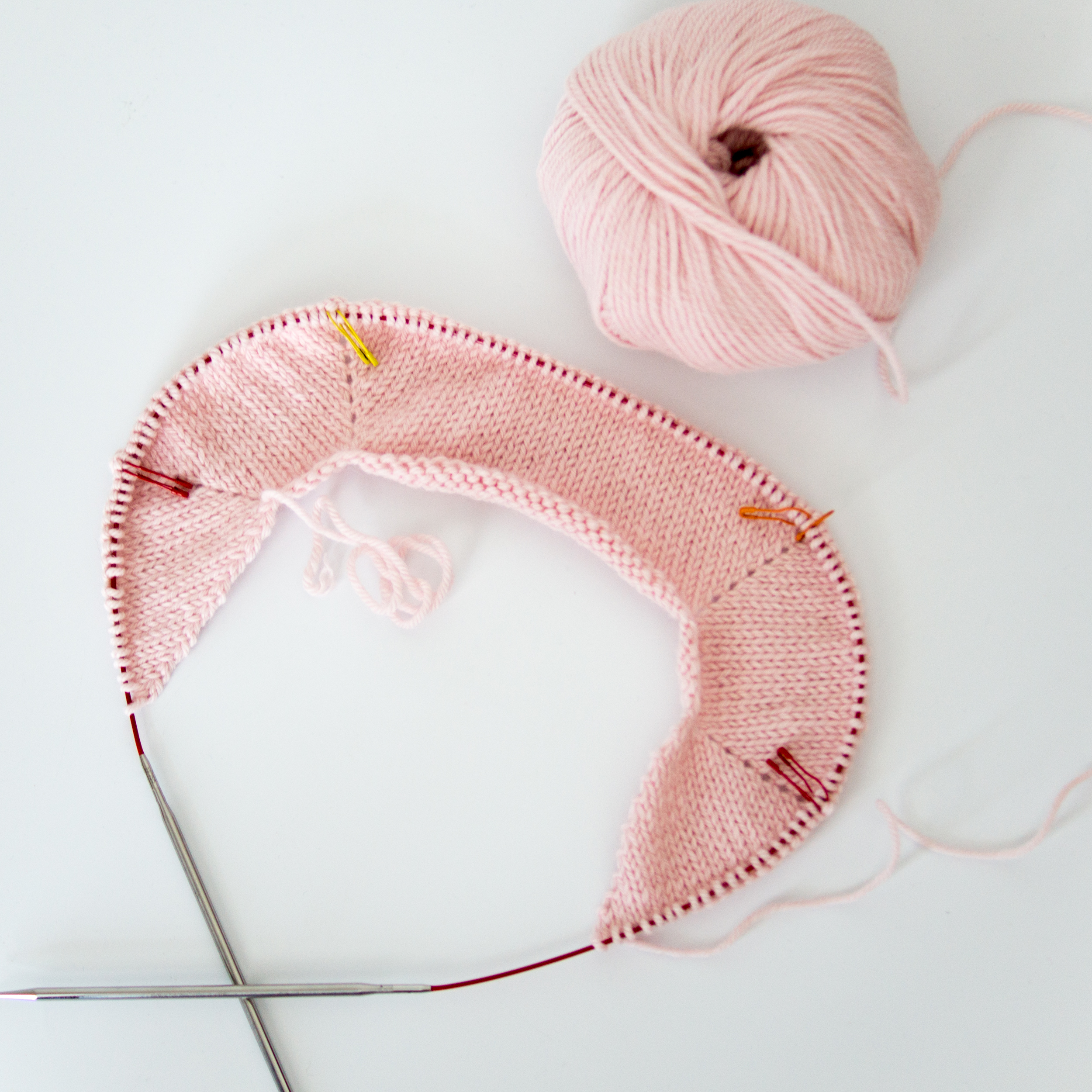
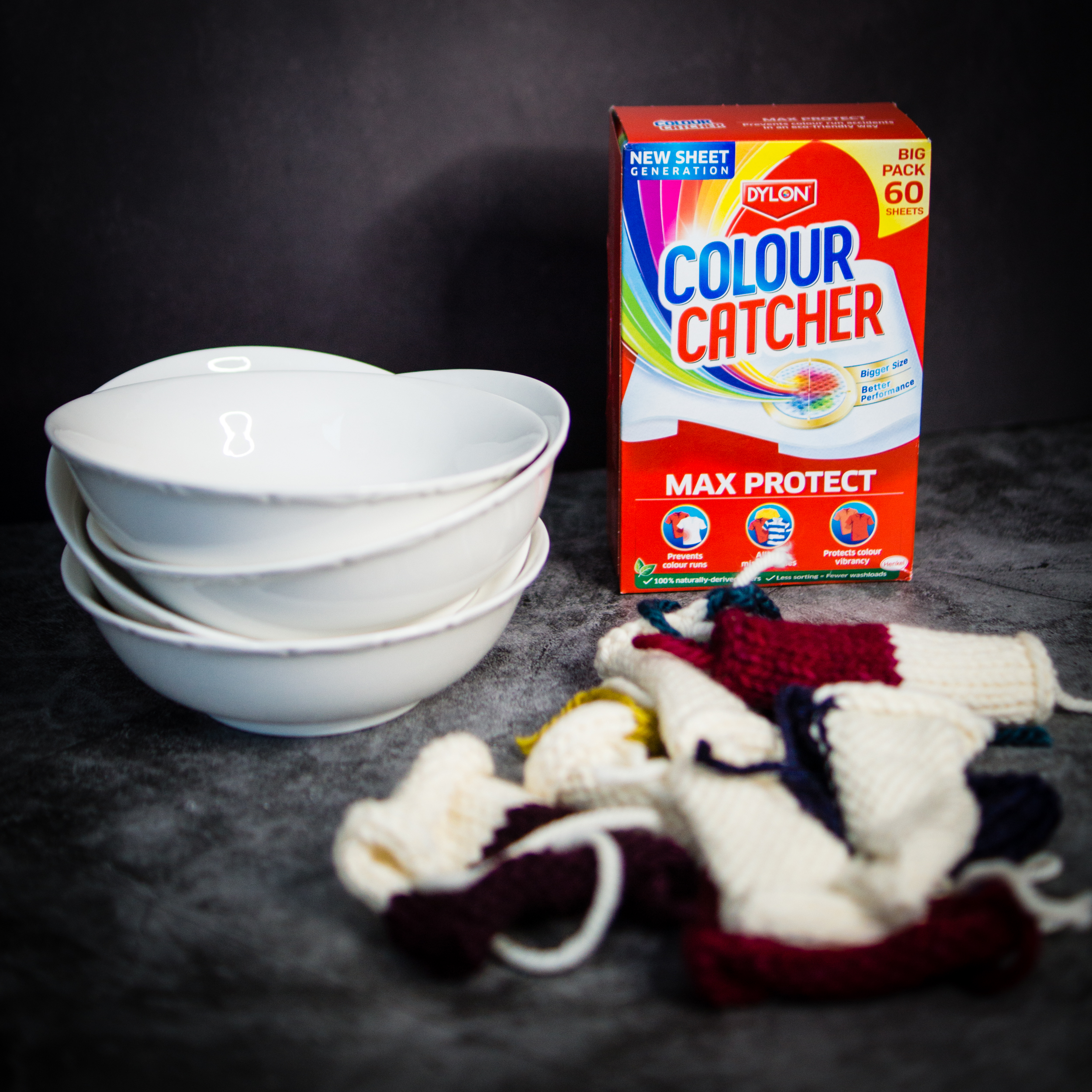
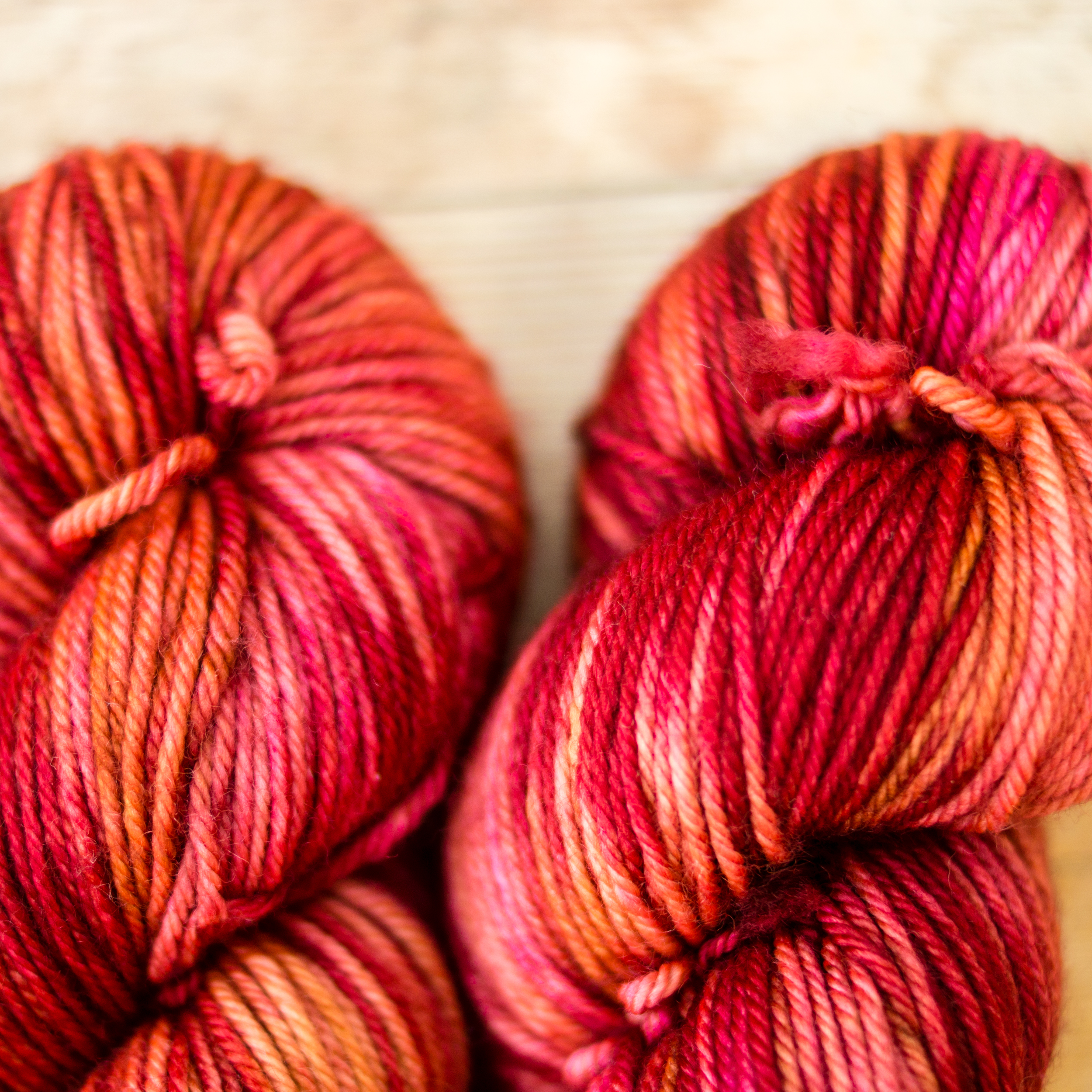

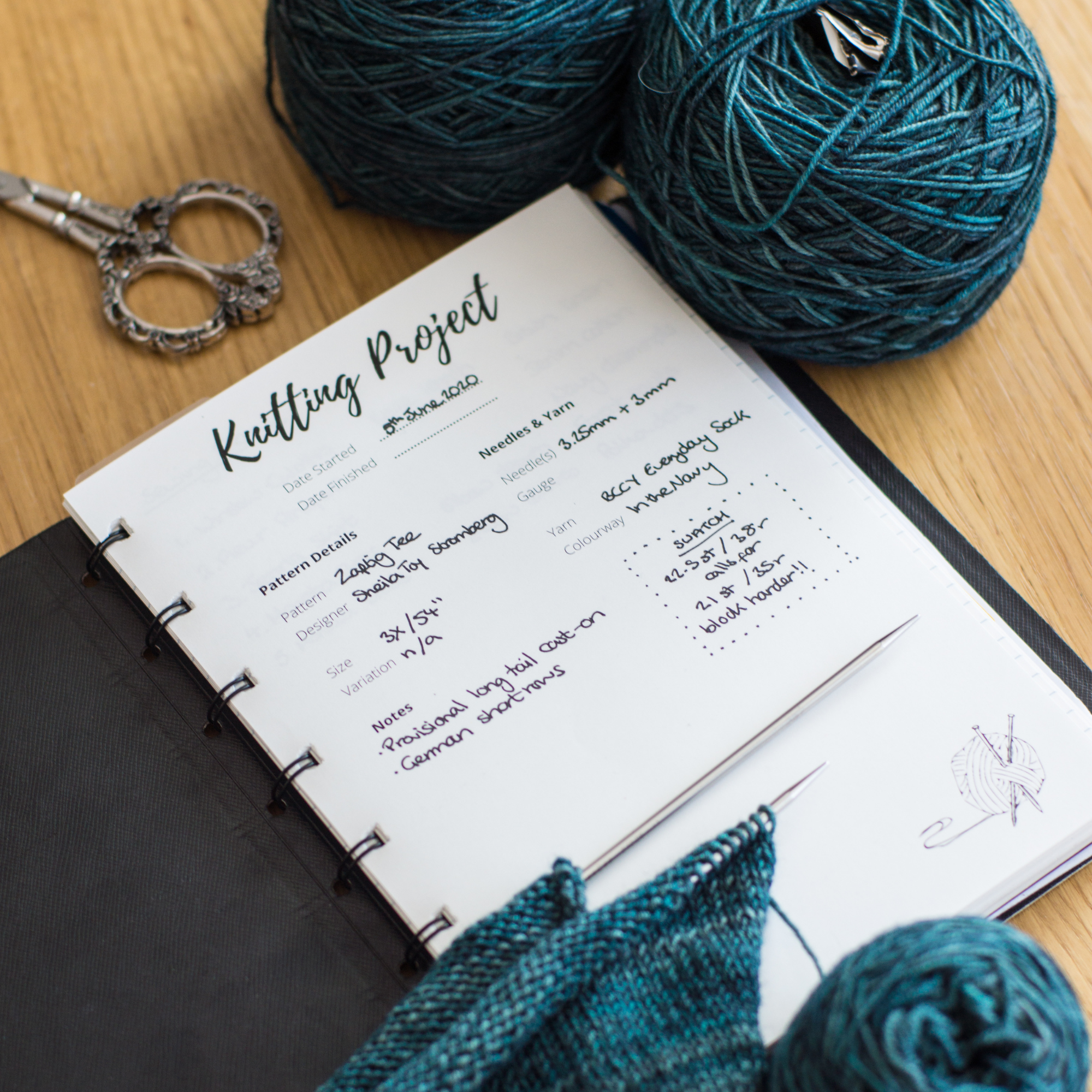

Hi!
I love this article!
I’m a pretty experienced knitter, but new to the testing world and I’ve been dipping my toes into test knitting, and have just found Yarnpond (and how I found you!)
I know for me, I’m prepared to jump through a number of hoops in order to test a pattern. I’m fine if there are errors or adjustments that are needed, I’m fine with providing the yarn, unpaid time and a gratitude free pattern at the end.
Personally, its the social media marketing that gets me. I see a lot of designers requesting it and personally, I just bypass their test calls. I’m not an avid social media user, not a great photographer either, for that matter LOL – but its the ‘I want you to test this for me, but also to do a bunch of free marketing’ that kind of gets to me.
Maybe I have the wrong attitude about it – but that’s just how I feel, anyway.
You have beautiful patterns, by the way!
Hi Sarah, thank you so much for your comment and for the compliment!
I don’t think you have the wrong attitude at all. You’re offering your time, work, and feedback, and it’s totally up to you which things you’re happy to do and which things don’t work for you.
I can certainly tell you why designers ask for social posts, and that’s that social media is a terrible way to have to market yourself! It’s a constant grind to keep creating new content, especially when your business doesn’t have hundreds of products that you can cycle through talking about. It’s really difficult to keep coming up with new ways to talk about the same things, and I definitely start to feel like I’m spamming people. Having just one extra post that I didn’t have to come up with myself is honestly so helpful! But, that’s something I knew when I decided to take on this career, and that’s my burden to bear. So whilst I am hugely appreciative of any posts knitters (test or otherwise) make featuring my designs, it’s not something I would ever put down as a requirement. The most important thing is the honest feedback on the pattern and fit of the item, and that’s something you only get if your test knitters feel valued and comfortable in the test environment, so it’s crucial to keep talking about what people are comfortable doing and where their boundaries are.